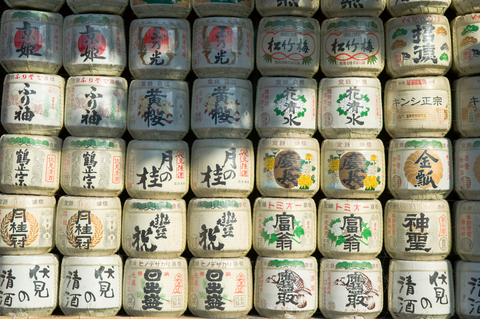As a full bilingual of Japanese and English and Japanese teacher, I would like to recommend what I view as the best way to learn Japanese. I think these methods will make you become fluent in Japanese sooner than usual. Here are some methods I recommend to become more proficient in Japanese.
Study grammar Contents One by One
This sounds very classic and maybe obsolete, but knowing grammar will help you so much in understanding and also making correct sentences. Choose grammar book(s) which start from simple to more complicated sentence structures, and understand them. The important thing is output after input. Once you understand the concept(s), you should use them in your own writing or speech as often as possible. If possible, check if your usage of the new grammer is correct or not by a native speaker or a highly proficient person. Repetition is very important when you output. The more you use what you learned, the better it will stick to you and become your own knowledge. Just like the old adage – Use it, or lose it!

Vocabulary
Having a greater amount of vocabulary is very helpful. Knowing basic/simple vocabulary is un-avoidable and crucial to your path to fluency. You should know commonly used verbs and nouns at the very least. However, don’t worry too much about remembering enormous numbers of words. A word alone cannot make communication. In a real life, you always face to new words, even in your own language. When you encounter a new word and don’t understand what it means, or you want to say something but don’t know how to say it, just ask someone, or look it up in a dictionary, or on the internet.
Asking questions enhances your communication, especially when you ask in Japanese. You may use:
… wa douiu imi desuka? (What is the meaning of …?)
… wa nihongo de nan desuka? (What is … in Japanese?)
… wa eigo de nan desuka? (What is … in English?)
Or in casual speech with your friends:
… tte nani? (What does … mean?)
… tte nihongo de nani? (What is … in Japanese?)
… tte eigo de nani? (What is … in English?)
Becoming like a native? – Be a Copy Cat!
If you are aiming to become fluent in colloquial Japanese, the best way to learn is to become a good copy cat! In another words, copy expressions, vocabulary, pronunciations, tones, etc. from a native speaker. The key point to this though is that you should choose the right person/people to copy. If you want to learn standard Japanese and you are a male, choose to emulate a person from Tokyo or surrounded area (who is also preferibly male). Matching age, gender and personality would help you to get the right feeling of the language for someone of your age. Many times when you learn a language from the opposite gender, especially in casual speech, you will end up sounding like your opposite gender. You’ll want to avoid this because if you remember, Japanese has male and female reserved styles of speech. So by choosing the right person to copy and becoming a pro copy cat, your language will become dramatically fluent.
Kanji
Learning kanji is a nightmare for many Japanese learners. There are too many characters to learn to be proficient in Japanese. Japanese school kids study 2000 kanji for over 9 years. How can you catch up with the natives….
My suggestion is that you should start with the kanji for the words which you are familiar with already. Especially the ones you would use or see often in your life – those are the best starter kanji. It’s much easier to memorize this language and associate the character to its meaning, by studying the kanji with the meaning you already know.
Once you know a few kanji characters, use them in your writing! The easiest way of writing is by using a cell phone or computer. When Japanese type, they use their romaji knowledge. When your set-up is for the Japanese language, as you type the romaji, they will automatically change into Hiragana. Then if you want to change them into Kanji, you will push the space bar, then you will see the selection of the kanji characters for the sound.
If you prefer writing by hand, you can write short sentences using the kanji you learned. The important thing is that you practice it in sentences, This will help you to learn how to use the kanji in the right context and if the kanji needs okurigana after it. For example, the Japanese word for big is “ookii” and the kanji for big is 大. But when you write ookii using kanji, it’s not only writing 大, but you need to write 大きい. The きいpart is called okurigana, which follows after kanji character(s) to complete a meaning of a word. In this case, きい is necessary to write after 大, because the reading of 大 in this context includes only “oo”.
Conclusion
The key to success in learning Japanese or any other foreign language is repetition. You need both input and output, and especially in output, you will need to use them as much as you can, until it comes to your own knowledge. After you study new grammar concept, word or kanji, make sure to use them in actual speech or writing again and again. The more you see and use them, the more you will become familiar to them, so keep that in your mind when you study Japanese! Now that you know the methods for the best way to learn Japanese good luck and check out some other articles around the site for more help!